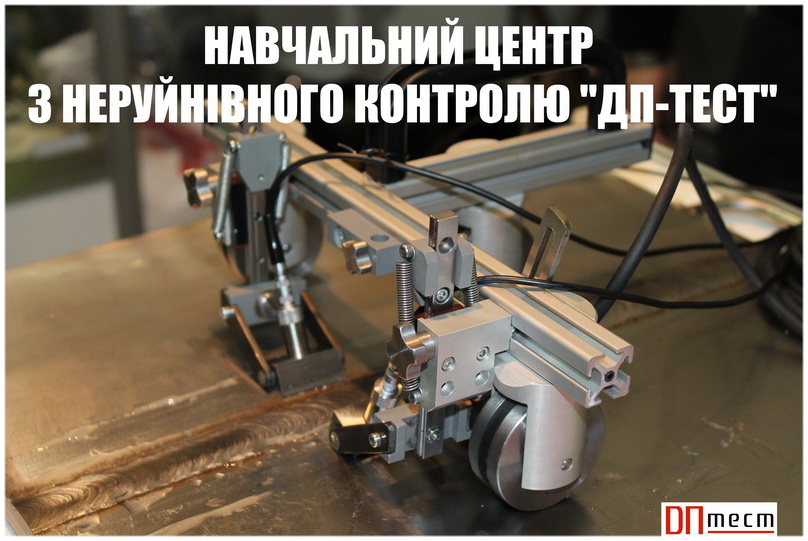The master's thesis consists of four sections, 94 pages, 37 illustrations, 22 tables, 30 sources of literature were processed.
In the process of controlling various materials, an important factor is control performance. The use of automated systems significantly increases the rationality of flaw detection during production. One of the most common structural materials in the industry is aluminum. Quality control is an important task, however, and there is a need for increased speeds of control. The master's thesis includes four sections. The first section consists of an analytical review of automated eddy current systems, an overview of the object of control, and theoretical calculations of the importance of eddy current flaw detection. The second section provides a calculation of the overhead differential VSP from which the matrix VSP consists. Several variants of the structural diagrams of the system have been developed to provide different control performance. Measuring channel components, such as amplifier, bandpass filter, and analog-to-digital converter, have been calculated. The following section describes the algorithm of operation. The results of the simulation of the Mathlab software environment are presented, and the probability of control is calculated based on it. The last section is about developing a startup project.
- Hits: 1510








